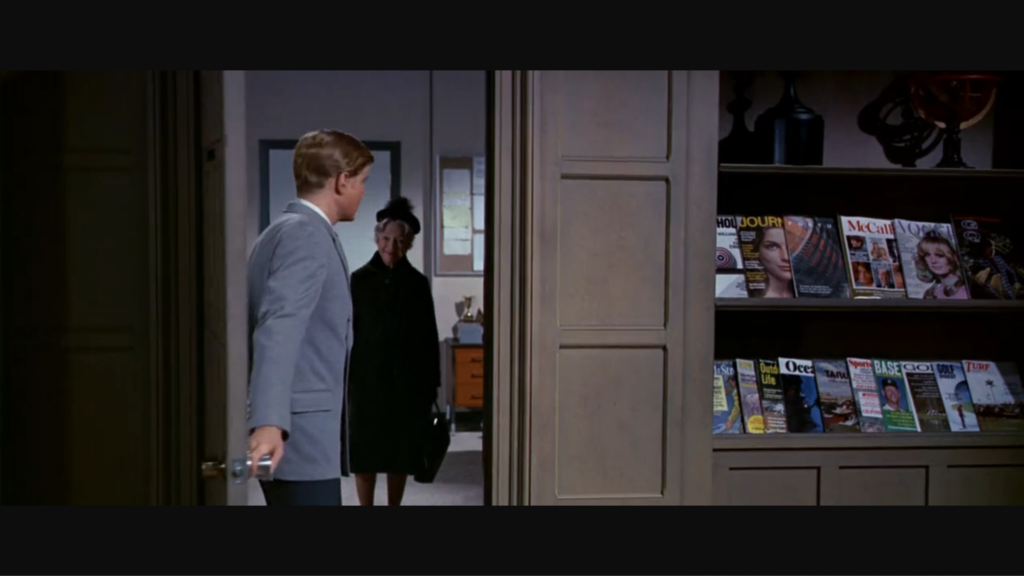I’ve been using Celsius for the past few years and have partially imprinted it in my perceptions with a natural understanding. I generally don’t need to convert back to Fahrenheit to get a sense of the outside temperature. Celsius has a more compact range than Fahrenheit: 1 degree C. is around 1.8 degrees F. Slight changes in Fahrenheit are scientifically relevant but subjectively less so–do you really know the difference between 68 degrees and 69 or 70?–but are more noticeable in Celsius. To put it more simply: the language used to express these measurements (both Celsius and Fahrenheit) is more precise that what we can perceive.
In the book Babel-17 by Samuel R. Delany on page 97, one of his characters ponders on the relative precision between languages:
Nominative, genitive, elative, accusative one, accusative two, ablative, partitive, illative, instructive, abessive, adessive, inessive, essive, allative, translative, comitative. Sixteen cases to the Finnish noun. Odd, some languages get by with only singular and plural [sic, these are number and not case, English e.g. has three cases]. The North American Indian languages even fail to distinguish number. Except Sioux, in which there was a plural only for animate objects. No way to say warm in French. There was only hot and tepid. If there’s no word for it, how do you think about it?
—Babel 17, Bantam Books
Contrasting the last sentence, the converse is negated by temperature systems having a more precise expression than we can think/experience. Taking an example from the Babel-17 quote, even the imprecision of the words hot and cold can be made more precise by elaborating poetically (albeit cliched) “it was hot enough to fry an egg on the pavement” (ex-treme-ly hot) or “it was a cold that chilled your bones” (ex-treme-ly cold). Those two words don’t engender a semantic deficiency. A greater nuance in the system we use to communicate doesn’t necessarily give us a meaningful understanding of that nuance, and a lack of expressiveness of a single unit within the system doesn’t hobble your ability to be limited to the representation contained in the unit.
Delany is likely a student of Whorf-Sapir/linguistic relativity school of thought, something I’ve never been a fan of but is still popular in linguistics and philosophy. The theory is that people’s understanding of the structure of reality is based on the syntactic structures that are available in the language they speak. It’s a compelling idea.

